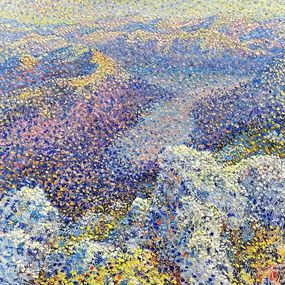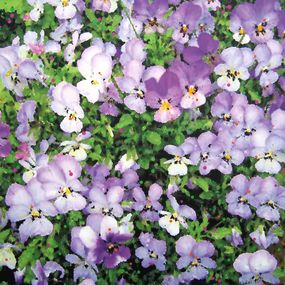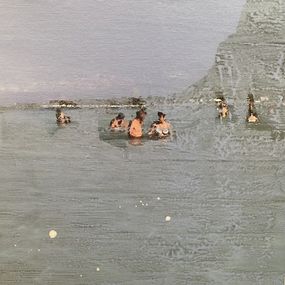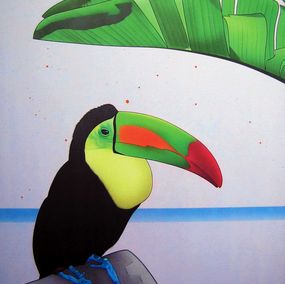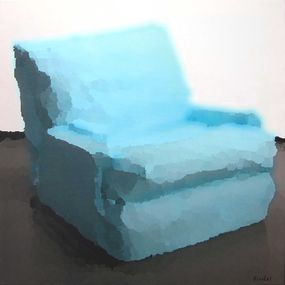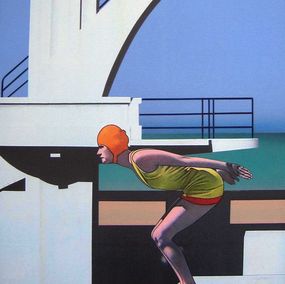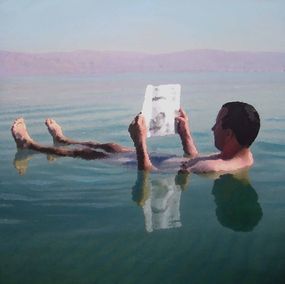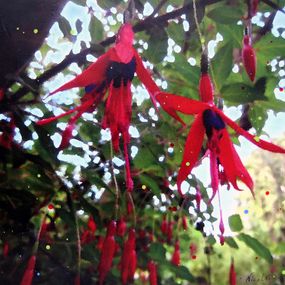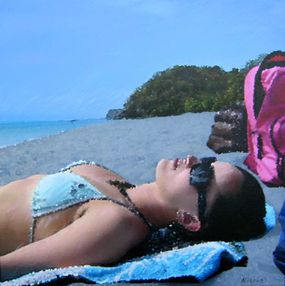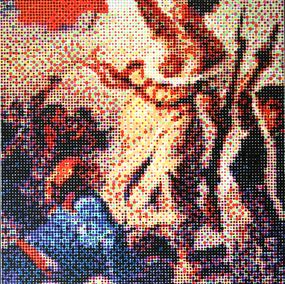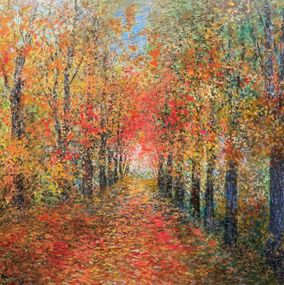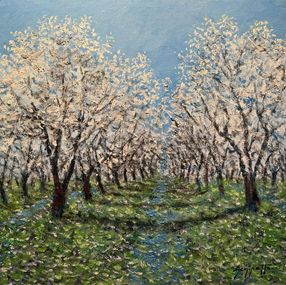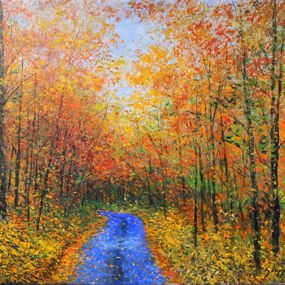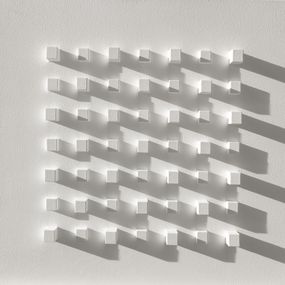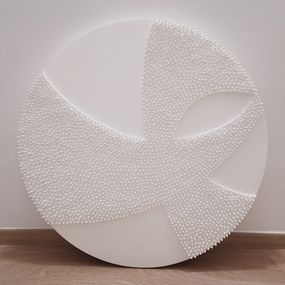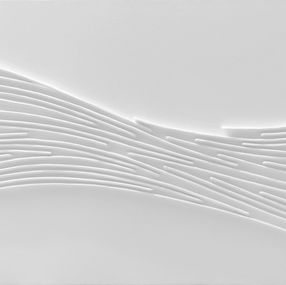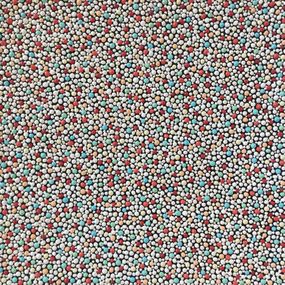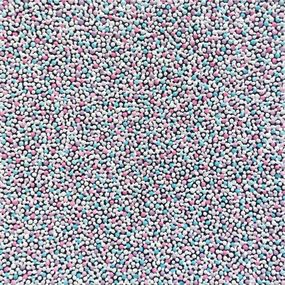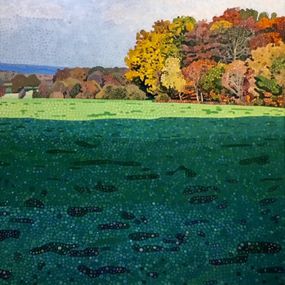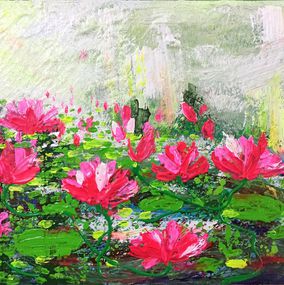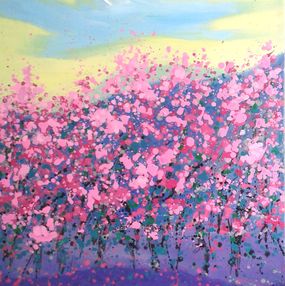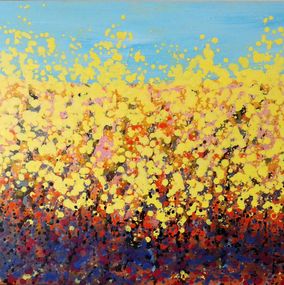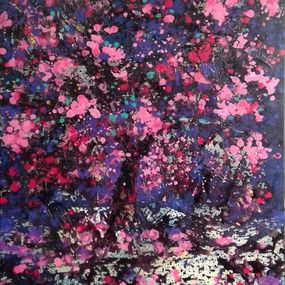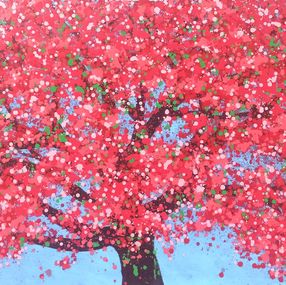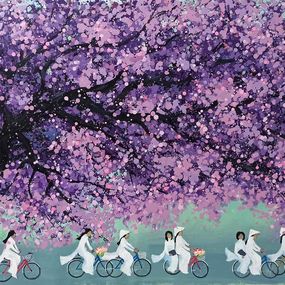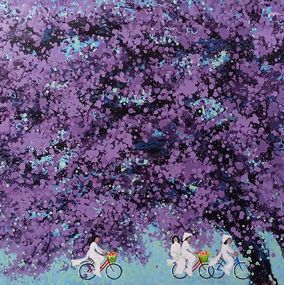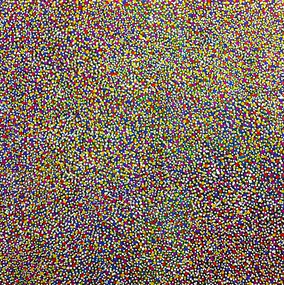
Neo-Impressionism
Neo-Impressionism was an artistic movement that took place in France during the late 19th century. The movement was born out of a rejection of certain characteristics of Impressionism, such as its realism and spontaneous recording of nature to capture the changing light on the landscape. Neo-Impressionist artists instead chose to employ scientific principles of light and color in their work in order to achieve visual effects. For example, Neo-Impressionist artists would apply paint to the canvas in small dots or strokes of color, which would blend together in the eye of the viewer from a certain distance to form a single hue of color. This technique is called divisionism, but is also often referred to as pointillism.
The leaders and most significant artists of Neo-Impressionism were Georges Seurat, who is credited for producing the divisionism technique, and Paul Signac. Other members of the movement included Albert Dubois-Pillet, Maximilien Luce, Henri-Edmond Cross, and Camille Pissarro. In 1884, the Neo-Impressionists created the Société des Artistes Indépendants (Society of Independent Artists).
The lasting influence of Neo-Impressionism can be seen in the work of many contemporary artists. From the colorful landscapes of Nadine Antoniuk to the pointillist works of Diana Torje, discover a plethora of artists inspired by the Neo-Impressionist movement today!





